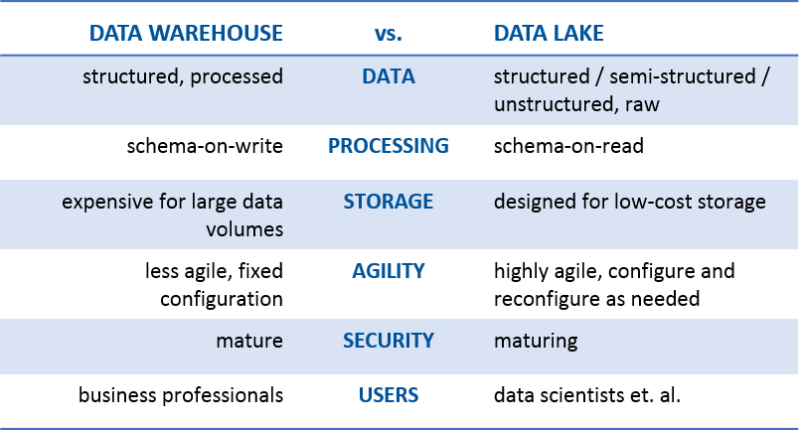Of all the disruptive technologies we track, big data analytics is the biggest. It’s also among the haziest in terms of what it really means to supply chain. In fact, its importance seems more to reflect the assumed convergence of trends for massively increasing amounts of data and ever faster analytical methods for crunching that data. In other words, the 81percent of all supply chain executives surveyed who say big data analytics is ‘disruptive and important’ are likely just assuming it’s big rather than knowing first-hand.
Does this mean we’re all being fooled? Not at all. In fact, the analogy of eating an elephant is probably fair since there are at least two things we can count on: we can’t swallow it all in one bite, and no matter where we start, we’ll be eating for a long time.
So, dig in!
Getting better at everything
Searching SCM World’s content library for ‘big data analytics’ turns up more than 1,200 citations. The first screen alone includes examples for spend analytics, customer service performance, manufacturing variability, logistics optimisation, consumer demand forecasting and supply chain risk management.
Read more at Big data analytics technology: disruptive and important?
Share your opinions regarding this topic in the comment box below and subscribe us for more updates.


![The Impact of Big Data and Analytics on Manufacturing [ Infographic ]](http://supplychaininstitute.com/wp_sci/wp-content/uploads/2017/01/376431254_80_80.jpg)










































